Mandeville, LA – Exclusive Transcript – On today’s show, Mike interview’s the producer of Atlas Shrugged Part II Harmon Kaslow. They discuss how the movie was funded, casting, and how the book and movie have affected people’s lives. Harmon talks about how the difficulties of getting the movie made, first trying to go the normal Hollywood route, and then going outside the system with individual financiers. Be sure and check out this interview between two filmmakers working outside the system…
Begin Mike Church Show Transcript
Mike: Without further ado, let’s go to the Dude Maker Hotline. I’m counseling you to take daily doses of the founders red pill. You’ve got to take it every day for eight weeks before it’ll have an effect. If it doesn’t have an effect after that, you need to take the black pill. If that doesn’t work, grab a piece of paper, grab a pencil and scribble on there “Who is John Galt?” Most of you know that that is the tagline or theme, thesis if you will, of Ayn Rand’s book Atlas Shrugged. The movie has finally made it into theaters. Part I came out last year, Part II scheduled to be released this Friday. We have producer Harmon Kaslow on the Dude Maker Hotline with us. Mr. Kaslow, good morning to you, sir. How are you?
Harmon Kaslow: I’m doing great. How are you doing today, Mike?
Mike: I am fantastic. Because I’m just a little bit unfamiliar with your role in the film, let me say to you that I own a copy of Atlas Shrugged Part I. I watched the special features that you guys put on the first edition of the Blu-ray disc. There was a story that was told, and I believe it was by you, about how you bought the rights to Atlas Shrugged back in 1990 or 1991 or something. You’re thinking I just got Atlas Shrugged for 20 grand, slam dunk. I’m going to be a multi-bazillionaire in the space of about two years. You couldn’t get anyone in Hollywood to make the movie. What happened?
Harmon: Actually, the person that bought the rights is John Aglialoro. He’s a successful entrepreneur who lives out on the East Coast. He got them in ’92. It was right around the time the Library of Congress had done a survey asking people what books influenced you the most. Atlas Shrugged showed up number two right behind the Bible. Armed with one of the greatest novels written in America and this survey, he went out to Hollywood expecting a studio to have the courage to want to make a movie with the message of this book. Lo and behold, no surprise to
anyone, Hollywood was not interested in doing that. At the risk of the rights lapsing, and even following one of the themes of the book, which is about individualism, John financed Part I himself. With additional patriots coming on board to try to support our cause, we were able to get Part II into production. We actually started in February of this year and got the film completed about a week and a half ago.
Mike: That is an amazing achievement. Having made a couple of independent films, as you have, I feel your pain.
Harmon: I’ve got to give credit. We had a great crew of people. We learned a lot in making Part I. Obviously the book is 1100 pages and it’s very well-constructed and a lot of things going on. We just kind of rethought what should be our approach to this book. We came to the conclusion that there’s really no way we could produce the movie that’s been playing in the heads of the people who read the book as soon as they closed the cover. What we’ve tried to do with Part II is create a celebration of Ayn Rand’s ideas about smaller government and individual rights and free markets. If you haven’t read the book or didn’t have a chance to see Part I, you’d understand what’s going on, and hopefully you can see that we can right America’s ship if we take a new approach and move away from making capitalism such a dirty word in Washington.
Mike: The new approach would be to ask the question: Who is John Galt?
Harmon: Absolutely.
Mike: This is how part one ends. Let me ask you, Harmon Kaslow is the producer of Atlas Shrugged II, out in theaters on Friday. Let me ask you a question. When the right holders determined this movie is not going to be made unless we make it and you raise the money to make it, then you went through the process, what kind of thought and process went into choosing Dagny Taggart, Hank Rearden, Jimmy Taggart? How did you do the casting? Were actors and actresses naturally drawn to the book or to the story because they’d read it? Was it a big casting call? What happened?
Harmon: First off, the role of Dagny Taggart is probably the most iconic role that a woman actress could play. She is the hero in Atlas Shrugged. She is smart, attractive and courageous. In the story, she’s working against bureaucrats and lazy businessmen, but she gets things done. She really shows us the level of tenacity that’s needed to be productive and successful. You literally have to build the film around who you ultimately cast as Dagny Taggart. In Part I, we were really up against the gun because we needed to get the film into production. We did put out a casting call.
I’ve got to tell you, the young woman who ultimately we cast, who agreed to play this role, Taylor Schilling, had a lot of courage to do it. She was able to help us attract all these other actors in connection with Part II and just kind of thinking about where we were at in the story, and just realizing that this book is really a book about heroes. The heroes here are the industrialists, the hardworking people, the creative people that really make our society much better and prosperous. We put out a look and we were able to attract Samantha Mathis, who is an incredible independent actress. She was able, again, to bring in even higher-quality, more recognizable actors for us. It all sort of started around the core of casting the Dagny Taggart role, and then everything flowed from there. Once we were able to get someone of the caliber of Samantha Mathis, we had a lot of actors with an interest to play next to her.
Mike: We converse here with Hermon Kaslow, producer of Atlas Shrugged II, out in theaters this Friday. It’s interesting to me, again as a filmmaker and as a fan of film, how you were able to create – if you’d read the book, you had to be thinking as you read the book, “I wonder what this Rearden Metal would look like. Dagny describes it as having an emerald sheen to it. You wonder how are they going to pull this off? The train sequences are brilliantly done, beautifully done.
Hermon: We had a lot of good fortune with our visual effects house, Stargate. The book was written back in the 1950’s. There is this science fiction, mystery element to it. You’re right. Ayn Rand envisioned this new metal. What’s interesting is titanium did not exist in the way that we use it today, when this book was written. Really, that has turned out to almost be this miracle metal that has been able to open the door for us to do so many more things they were not able to do back in the 1950’s. We put together this great group. We had a prop master and he went out there and fiddled around with aluminum alloys and all these various alloys and was able to come up with something that had this very unique color to it. We created these bracelets and other things. Fans of the book really responded to that, more so than I ever thought. It was one of those things where I think we actually did capture what people imagine in their brains when they read it and heard the description of Rearden Metal. We’re lucky because it’s film and the technology with film now is so advanced that we’re able to do so many more things than we were maybe 10 or 15 years ago. We were able to up the ante and create some production value in the film.
Mike: The thing not only about the metal but about the line that runs between, the John Galt line, this is a character. Basically you were casted a character in the book, so I would imagine when you guys sat down in preproduction and went, how are we going to pull this off? We’re here with Hermon Kaslow, the producer of Atlas Shrugged II. Was the entire train sequence CGI? It looked like some of the landscapes were so picturesque and beautiful that they were actually real and natural.
Hermon: What we ended up doing is we flew out to Colorado. We took pictures, filmed all the beautiful scenery there. The train sequence in the book takes place in Colorado. We just were able to use technology to drop in a train. All of the train portion was 100 percent CGI, but all of the landscape was beautiful America. In Part II, we had even greater challenges associated with visual effects. For those who aren’t familiar with the book, you have a jet chase sequence in the book that we elected to do. We had a train tunnel crash that took place in the book. There’s also a huge explosion at a foundry that took place in the book, all this in Part II. The visual effects are even more ambitious. From the screenings that we had and the response we’ve got from people is that they get into the story. So much of what’s going on seems like we’ve pulled it right out of the news, yet this book was really written as a warning. Here we are 50 years later. We were warned against this stuff. It’s now happening right before our very eyes. If you look across the Atlantic, some of these countries have actually gone into Part III of the book and literally collapsed on top of the socialistic, collectivist policies that these governments implemented.
Mike: Hermon Kaslow is the producer of Atlas Shrugged II. It’s out in theaters this Friday. What is the website address for fans?
Hermon: It’s atlasshruggedmovie.com. We’ve got the trailer of the movie playing there. We’ve got a great response, Mike, from theater owners. Unlike Part I where they’re a little apprehensive, weren’t really certain there was a population in this country that would support a movie with a message about smaller government and free markets, but they came out in June. This is pre-2016 phenomena. They came out in June and said we welcome you into the theater. We’re over 1,000 theaters opening this Friday. We’re trying to make it an event. Hollywood does not make movies for you and I and your audience. This is really our opportunity to go to the cinema, the theater, and enjoy a movie that’s really made for us, that will really show and bring out all the likeminded people in our community. You and I both know that most people in this country believe in the opportunities of this country and the things you talk about, yet they’re quiet. They don’t realize that their neighbor actually thinks like them. We’re really hoping we can fill the theaters with likeminded people and really celebrate these fabulous ideas that hopefully will be embraced by the people running for office and we can really right America’s ship before it’s too late.
Mike: Harmon Kaslow, producer of Atlas Shrugged II on the Dude Maker Hotline. Let me get into another area here. When you were taking the book, and obviously you have to take the book and turn it into script form, write directions and all that. Writing a screenplay is, from someone that’s done it, as I know you have, this is a labor of love when you’re doing it.
Hermon: It’s tough.
Mike: It is very tough. What process went into what parts you’ll eliminate? You have 1,000 pages in my hardcover copy. How did you decide we’re not going to be able to do this, this is ancillary to the story? How did that process work?
Hermon: That’s a great question. Making a movie is a function of the amount of money you have available to spend on it. If you have an unlimited amount of money, you can make all 1,000 pages. When you’re limited by money, what that money really does at the end of the day is buy you time. To make this movie, a movie of this type of production value, you’re talking about spending somewhere between $120,000 to $200,000 per day. All you’ve got to do is say, “Great, I’ve got $10 million, divide it by $150,000. I’ve got somewhere in the neighborhood of 60 days. What can I do each day?” You have a crew of let’s say 100 to 200 people that you’re employing. Once you go to a location, you’re really there for the entire day. These artisans in Hollywood who know how to make movies, know how to try to create as many different scenes in one location as you possibly can, because the cost of moving that crew around is very expensive. You have in the back of your mind these practical limitations.
Then you begin to look at what’s the cinematic thread? Where is there a beginning, middle, end story? You point out some great things. In Part II of the book, there are a few things that are started, but there’s no payoff. We begin to hear, for example, about Project X, but we don’t really learn about it until you get into Part III of the book. If you’re sitting in a movie and you’re not familiar with Atlas Shrugged and you see Project X coming up, you’re going why did they show me this? There’s no payoff. You look at all the things that you can have as a complete arc in the story. You look at the resources that you have. It’s almost like math. I’ve got to tell you that the crew we engaged in this, Jeff Freilich and Debbie Cass, real seasoned professionals were able to suck out of every minute, when we had all these hundreds of people working at a particular location, as much of the story as we could. When you get into the editing process, you can give people who love the book and people who are unfamiliar with the book a similar experience, which is really understanding what’s going on and the powerful message.
Mike: What kind of responsibility did you feel to such an iconic work? Have you had any fans accost you, [mocking] “You left this line out. How dare you?”
Harmon: What’s interesting is, when Paul Ryan was nominated to be the vice presidential candidate for the Republican Party, a lot of information started to come out about Ayn Rand. For your listeners not familiar with her, she is a staunch capitalist. She believed in a constitutional republic. Most importantly, she absolutely loved and adored America. What you see among her fans are people that will defend her. For whatever reason, there’s a huge population that want to vilify her and demonize her for her ideas, but there’s also, as you point out, a huge following of very faithful people. Trust me, we have now a community on our website, atlasshruggedmovie.com, of more than 200,000 people. They watch very carefully. They are very supportive of what we do. They’re very understanding. I think they begin to appreciate the challenge that we have in trying to satisfy not only them, but to make this accessible to the millions of people who could really be inspired and influenced by the story. It’s a great responsibility to have, but it is a heavy obligation to fulfill.
Mike: I’ll share a quick story with you. I have a really dear friend who has a pair of boys, named one Cooper and one Taggart.
Harmon: There you go. The book has that effect on people. There’s so many successful people in this country whose lives were changed by reading the book. There are two camps. We get really caught up in the politics, but there’s a huge group of people that subscribe to what they learned when they read Atlas Shrugged that aren’t in it for the political side of it, but they’re in there for the philosophical side. I really hope that your listeners will come out and celebrate with us on October 12th. They can find out the theater it’s playing in at atlasshruggedmovie.com. Mike, you keep up the good work. We’ve got a lot of work to do. We’ve got a big election coming up and hopefully we can get back on the right track.
End Mike Church Show Transcript
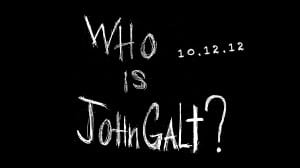
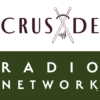
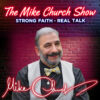



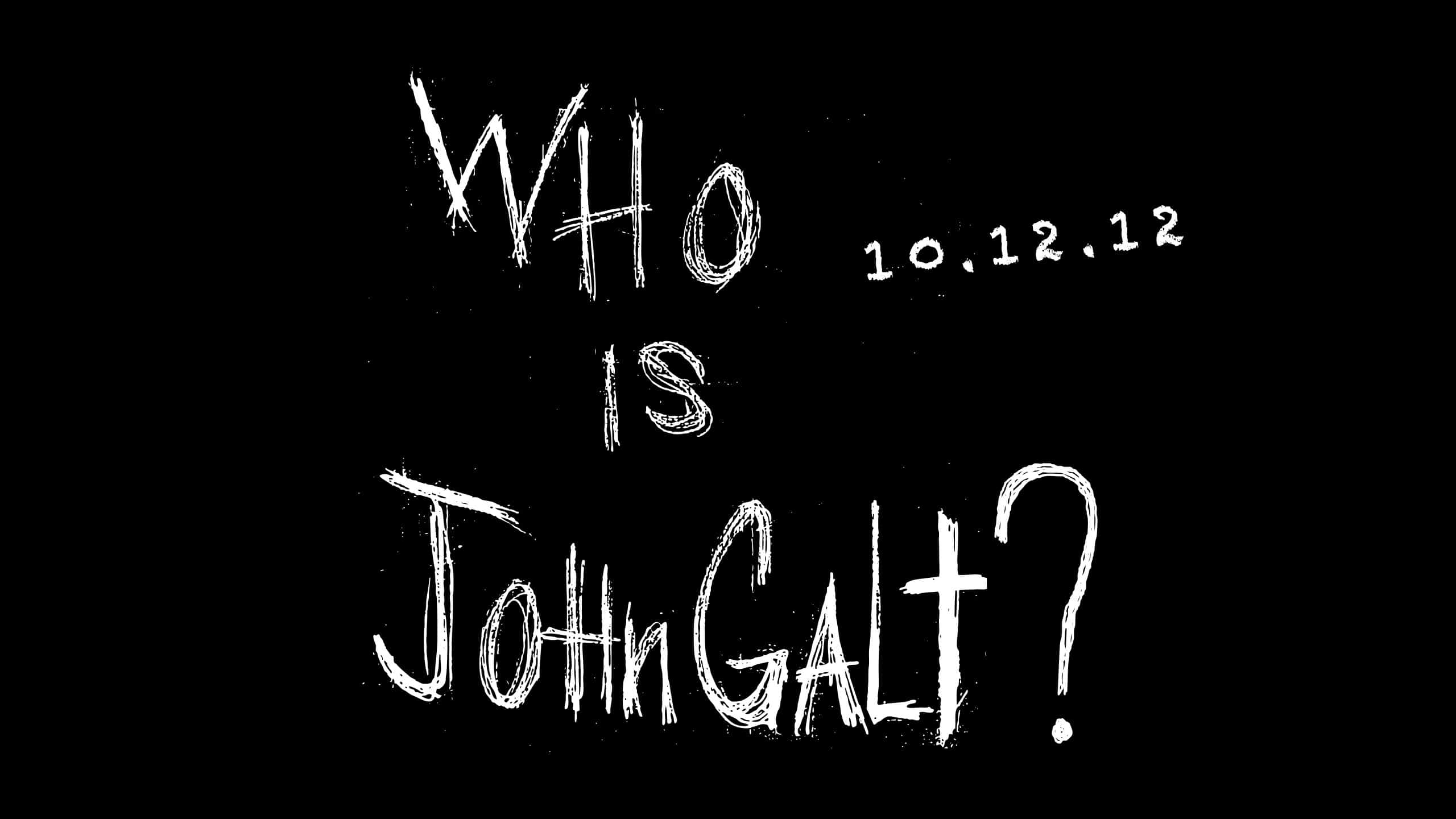

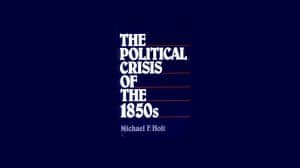

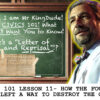
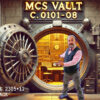


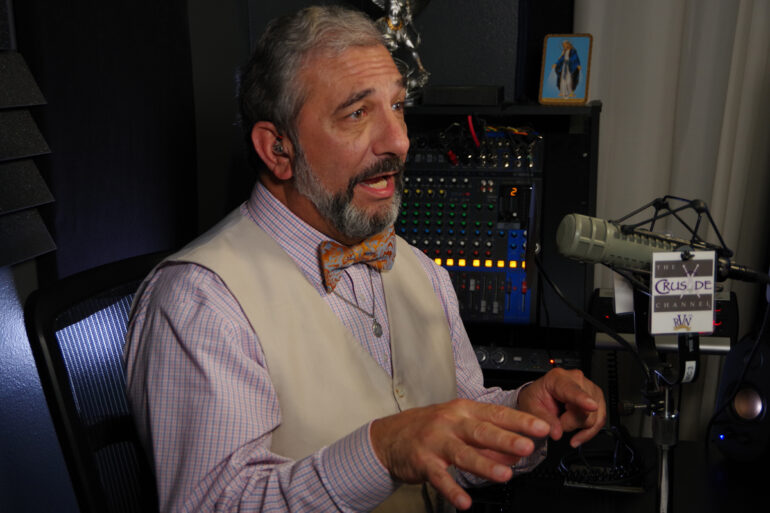

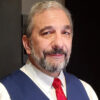
Alan high on October 10, 2012
Great interview! I’ll have to watch part I again before catching part II this weekend